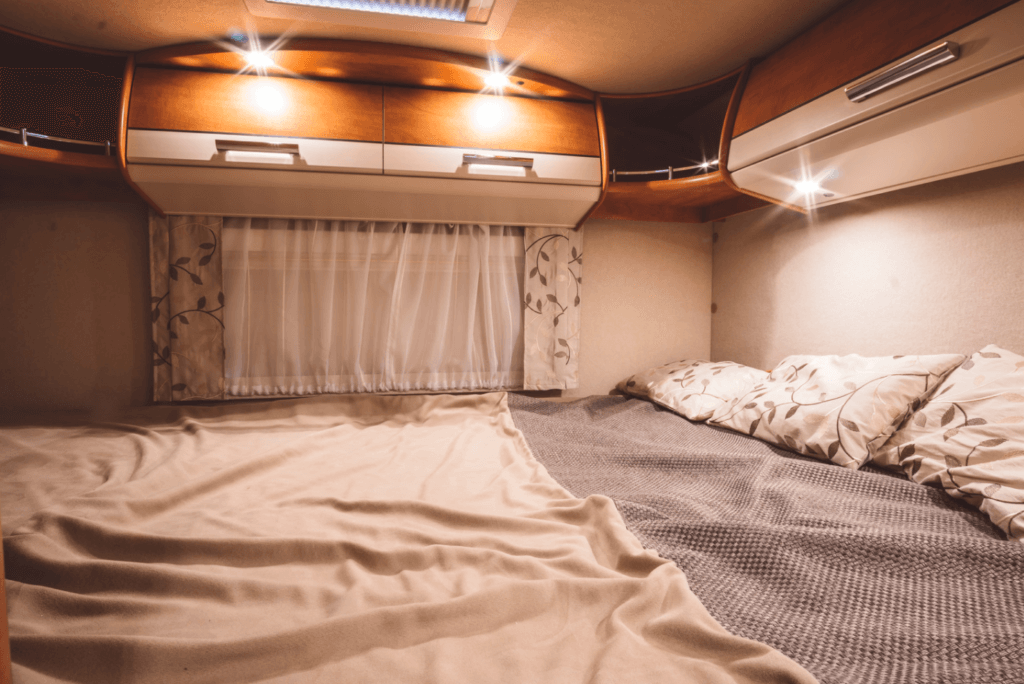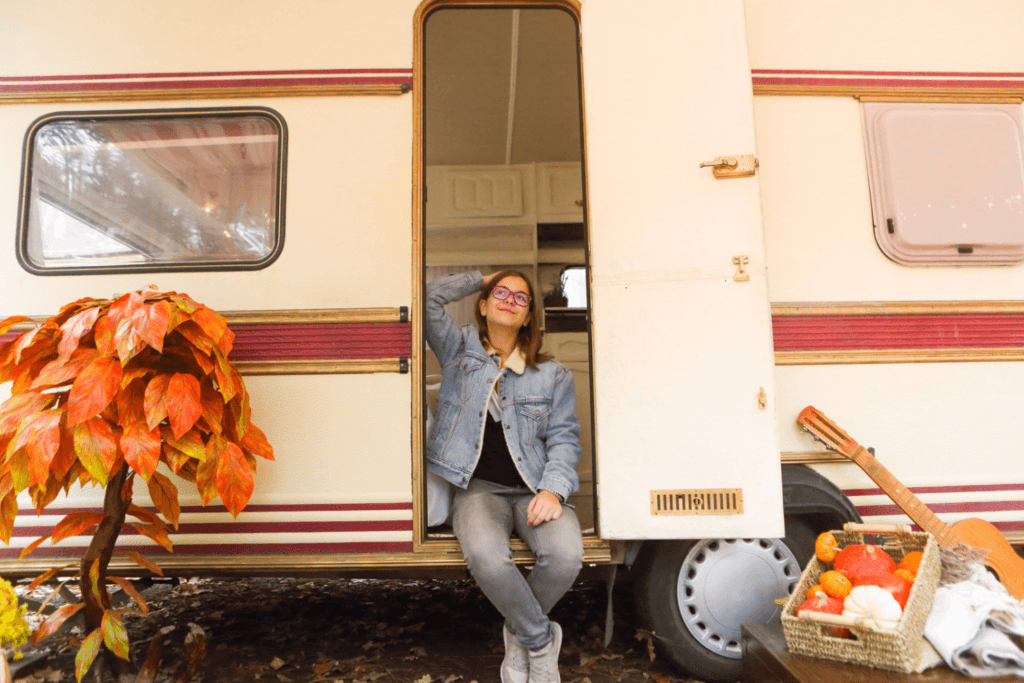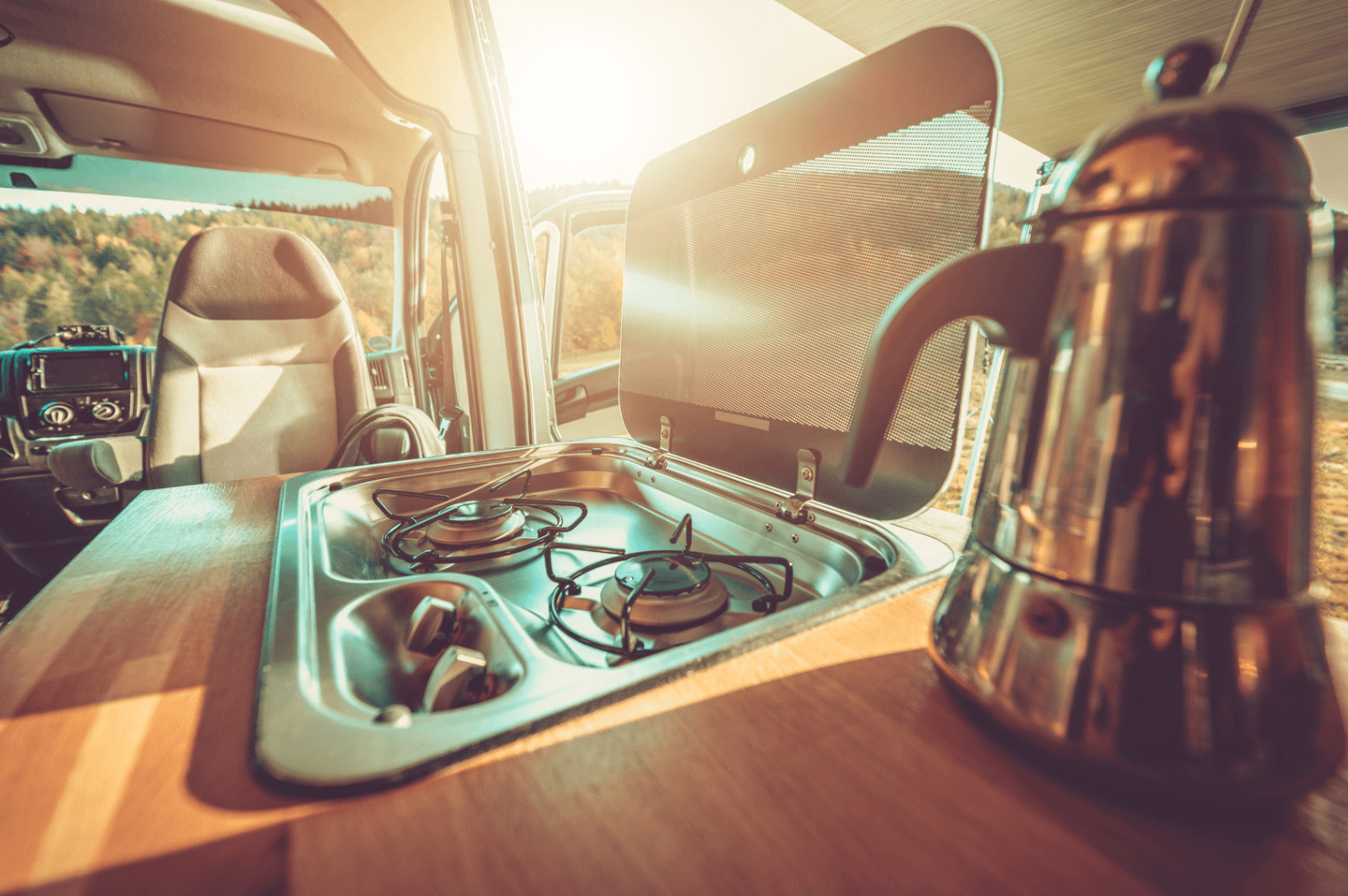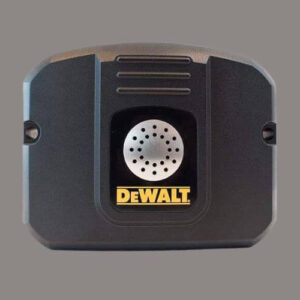How To Insulate A Caravan Wall: Though static caravans are a wonderful option to have a vacation home, they do have certain drawbacks: the absence of warmth. Many people still want to get away in the winter, but static caravans are cold and require a lot of extra heating.
The easiest technique to insulate static caravan walls is to remove the internal paneling and either replace the insulation with thicker, warmer insulation or put another layer on top to add extra insulation.
You can also put insulation on top of the existing wood paneling. If you have an older caravan, the walls may not be well insulated, so adding insulation is good to keep the inside warm.
How To Insulate A Caravan Wall: Bubble Wrap Caravan Insulation
One option for insulating your caravan is to use bubble wrap (specialist stuff is available here). You can buy large sheets of bubble wrap and attach them to the inside of the caravan walls with tape or staples. This will help insulate your walls and is also easy to remove.

Foam Caravan Insulation
Polystyrene insulation sheets of the right thickness can be inserted in the wall cavities for a lightweight solution to your insulation needs.
Expanding foam can be used to cover any gaps between the panels and difficult-to-fill areas. This synthetic insulation is both efficient and simple to install. Panels may be readily cut to the required dimensions and inserted into the wall cavity.
Fibreglass Caravan Insulation
Another option for insulation is to put a layer of fibreglass panels over the existing wood panelling. This has the benefit of adding extra support to your caravan walls, but it can be hard to get in some places. Fibreglass sheets are available from most hardware stores, and you can easily cut them to size with a sharp knife.
If you are using fibreglass insulation, it is important to wear gloves and a dust mask when you are installing it. Fibreglass insulation can irritate the skin and lungs, so take care when handling it.
Reflective Foil Caravan Insulation
You can also use aluminium foil to insulate your caravan walls. While this does not provide the most insulation, it is cheap and easy to install. Cover the wood panelling with foil or attach reflective foil over existing insulation for maximum effect.
When used in conjunction with loose fill or panel insulation, it greatly improves the heat-holding capacity of your caravan.
It should be used on the interior of the outer walls before installing your chosen insulation. Heat will not escape via the outer walls due to the reflecting properties. As a result, hot and cold air will have a harder time passing through the outside walls.
As a result, the static caravan may be used at any time of year, keeping the heat out in the summer and the cold out in the winter.
Natural Insulation For Caravans
Natural insulation, as opposed to synthetic fibres like fibreglass, is derived from natural resources. Natural sheep wool insulation is excellent for usage in tiny spaces. It has a strong insulating value and is extremely breathable.
Sheep’s wool insulation, both loose-fill and panel, absorbs water in high humidity and releases it in low humidity, regulating air moisture levels.
Whatever insulation you choose, make sure that the seams are taped or sealed to prevent any air leakage. If you have a lot of windows in your caravan, you may also want to consider installing window insulation to keep the cold out.
What Is Grade 3 Insulation In A Caravan?
Grade 3 insulation is made of mineral wool and is a good insulator. It can be used in walls, floors and ceilings. If you want to go on a winter vacation, seek a caravan with a Grade 3 rating, which indicates the internal temperature can be kept at 20°C even when it’s -15°C outside.
It also ensures that the water system will function in temperatures as low as -15°C.

Can Caravan Walls Be Insulated From The Outside?
Some people choose to do this, but it is unnecessary and may not be as effective. The most important thing is to ensure the insulation is installed around the entire wall cavity.
What Are Thermal Curtains For In A Caravan?
Thermal curtains are thick, heavy curtains that can be drawn to cover the windows of a caravan. They help prevent heat loss through the window and are very effective when combined with existing insulation or window insulators.
How Thick Insulation Do I Need In A Caravan?
This depends on the climate you live in and the type of insulation you use. In general, the thicker the insulation, the better it will perform. The R-Value of insulation measures its capability to withstand the flow of heat.
The higher the R-Value, the better the insulation’s thermal performance. Most attics should be insulated to R-38 or around 10 to 14 inches, depending on the insulation type.
Do I Need A Vapor Barrier In My Caravan?
It is not necessary to have a vapor barrier if you are using the right type of insulation. If you want to be sure, you can purchase one and use it along with your insulation.
Vapor barriers will prevent water vapor from seeping into the insulation and causing frost buildup on the panels, which can cause cracks that reduce thermal performance.
What Happens If You Don’t Insulate Your Caravan?
If you don’t insulate your caravan, you will lose a significant amount of heat in the winter and gain a lot of heat in the summer. This can make it very uncomfortable and increase your energy costs.
What Is Celotex Insulation?
Celotex is a multi-purpose insulation board that comes in various sizes and thicknesses and may be used to insulate roofs, walls, and floors in the home. Celotex insulation is an excellent choice of insulation.
It has high fire resistance and will not shrink, expand or sag. If you plan to insulate your caravan walls with fiberglass, Celotex is the best option for you because it will prevent the fiberglass from settling.

Summary
Insulating your caravan is a great way to keep it comfortable and save on energy costs, but very few people do it. Insulate your caravan to keep it warm in winter and cool in summer.
Adding insulation to your caravan walls can make a big difference in the amount of heat required to keep it warm. Make sure to choose the appropriate insulation for your climate and the type of caravan you have.
Hopefully, this guide has given you an insight into static caravan insulation options and shown you how to insulate a caravan to keep you cosy, warm and energy efficient to reduce your caravan living costs.



